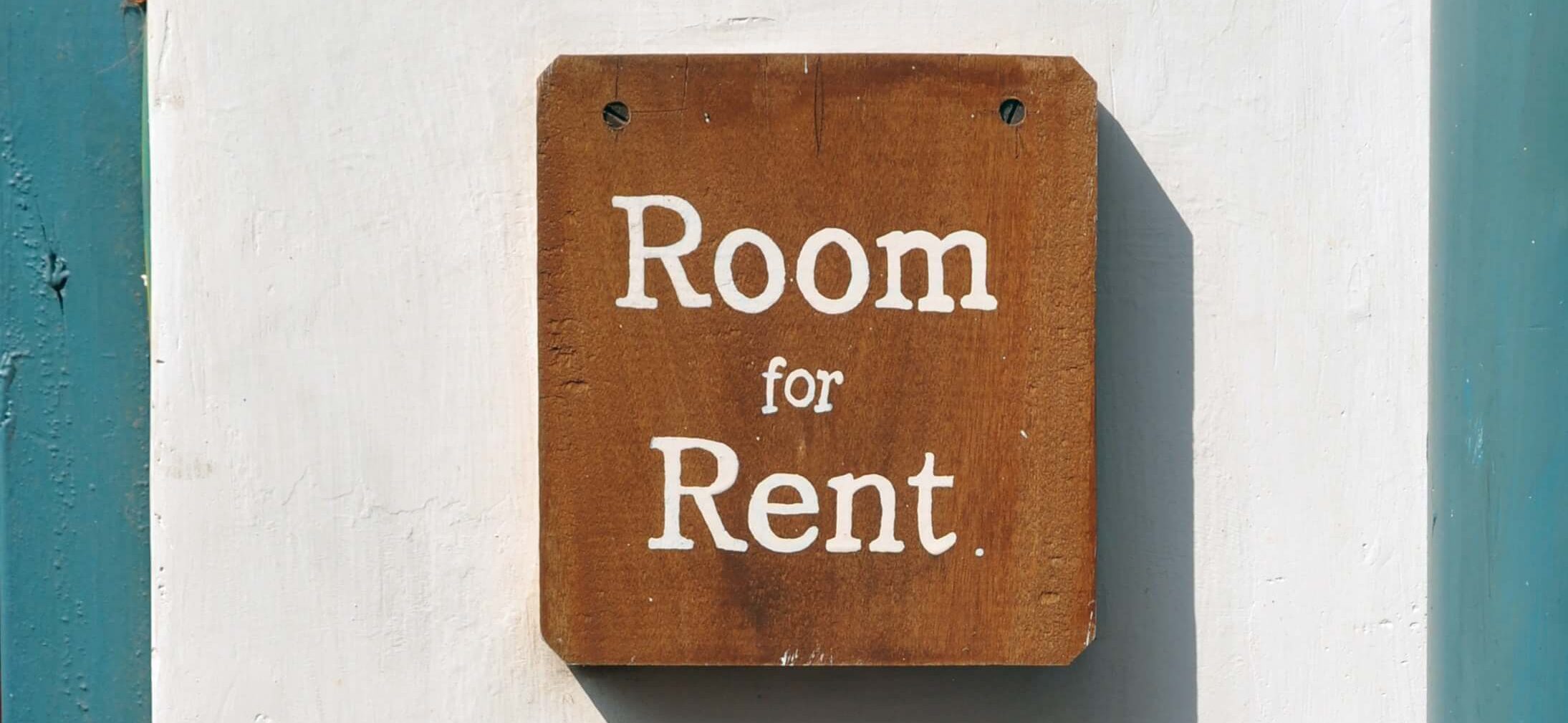Recent data from the English Housing Survey, released at the end of 2022, reveals more adults are opting for privately rented homes – indeed over the past decade, the number of middle-aged adults living in privately rented accommodation has witnessed a significant surge, although it is unclear whether this is a positive choice.
The statistics are striking:
— For people aged 45 to 54, the proportion living in privately rented homes has jumped by over 50%
— In the age group of 50 to 64, the proportion of renters has nearly doubled in the last decade, reaching 11% or 477,000 households in 2021-22
Rent trends are not uniform across all demographics. The proportion of income spent on private rent rises steadily with age, with individuals aged 75 and over allocating nearly half of their (often fixed) income to rent, according to the Centre for Ageing Better. This places a significant financial burden on older renters.
Disparities in housing tenure are even more pronounced among individuals from Black, Asian, and Minority Ethnic (BAME) backgrounds in England. People aged 50-69 in these communities are significantly less likely to own their homes outright without a mortgage and more likely to be renting. People from Black ethnic groups, who are three times less likely to own their homes outright and more than twice as likely to be renting. Of those renting, about a quarter are renting privately.
Where we live can accelerate our biological ageing process according to research published in the Journal of Epidemiology and Community Health. The research reveals that living in a privately rented home is associated with significantly faster biological ageing, surpassing the impact of unemployment. Biological ageing, a reflection of how our body’s cells and tissues function, is influenced by various housing circumstances, including renting, stress from payment arrears, and environmental exposure to damp or pollution. Social housing, by contrast, with greater affordability and tenure security, has a less detrimental effect on biological ageing.
The research reinforces the urgency of addressing the health implications of our housing choices and the need for more innovative solutions to reshape the future of housing – looking holistically at business models and drivers for housing across different life stages, and ensuring this is a truly cross generational conversation.
To address the many and complex challenges, innovation needs be directed towards several key areas:
— Affordable Housing Solutions: The rising trend of middle-aged adults turning to privately rented accommodation clearly shows the need for innovative, affordable housing options that ensure affordability, safety and comfort.
— Environmental Sustainability: Housing should prioritise environmental sustainability. Innovations in sustainable building materials and energy-efficient designs can improve living conditions while reducing the environmental impact.
— Health-Centric Housing: Homes designed with a focus on residents’ physical and mental well-being can reduce stress, promote physical activity, and enhance overall health.
— Digital Solutions: Smart homes can monitor factors affecting residents’ health, enabling timely interventions and enhancing overall well-being, as well as supporting navigating payment systems etc.
— Community Development: Innovative community planning and development can reduce social isolation, improve mental health, and build stronger social connections.
— Supportive Housing: Innovative supportive housing models can provide stable housing and improved health outcomes for those in need.
— Legislative Reforms: Housing policies should adapt to the changing housing landscape. Innovations in policy development can create a more equitable and supportive housing environment.
We have the potential to reshape the housing landscape, alleviate the negative effects of accelerated biological ageing, and promote better health and well-being for all, regardless of their age or income. Safe and affordable housing is a vital determinant of our health and wellbeing.
We need a radical rethink of housing models and security in the context of longer lives – and a robust inter-generational conversation about rent and home ownership, aligned to income in later life. Western Societies still advocate home ownership – Voice members highlight that high rent still feels like throwing money down the drain and only helps others to create wealth. Home ownership is still a symbol of economic and social mobility, and a foundation for intergenerational wealth transfer.
The debate is ongoing. What is a home? An asset? A safe place? An affordable safe place to live is a fundamental human right. However, housing insecurity is rising at an alarming rate, and it is not unusual for rent to be over 30% of income. The underlying causes are extremely complex – housing insecurity can be a symptom of poverty, relationship breakdowns, challenging mental health, but saving for a more permanent solution is often impossible. Financial pressures, cost of living and interest rates rises mean housing for many is increasingly unaffordable.
Rent reform in the UK is an urgent imperative. Escalating rental prices are pushing people to the edge of affordability, leading to difficult choices between housing and essentials. Tenant insecurity and the power imbalance with landlords continue to hinder community stability and safety. The hurdles to reform must not stand in the way of justice and progress. It’s time for decisive action to level the playing field, ensure affordable, quality housing, and empower renters. We need to unite our voices and demand change for a housing system that works for all, not just a few.
Skepticism surrounds the UK government’s rent reform announced this month: vague details and a history of underwhelming housing initiatives raise doubts about its potential to address the issue of rising rents and housing affordability. Critics fear that vested interests and potential unintended consequences may hinder its effectiveness, emphasising the need for more radical innovation in the housing sector.
This is not just about where we live but how we live. When housing models work, housing is more than shelter. It can be a source of vitality, well-being, and community strength. As we push for innovation and reform in the housing sector, we have the potential to create a healthier, more equitable society where people of all backgrounds and all ages can thrive.

 &
& 






